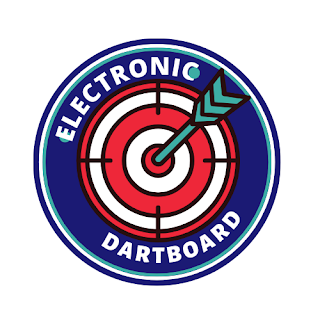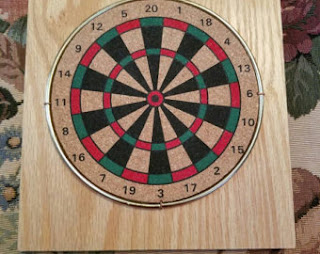What Is A Dartboard Made Of?
Many modern dartboards are made of sisal fiber. Other materials such as cork, paper, wood, and plastic are used. Darts began as shortened spears or knives and soon became barrel-shaped projectiles.
The dartboard started as a piece of wood with uneven parts used to keep track of accuracy. It wasn't until the Great War that the English pubs gave up on the sturdy elm dartboard. The board had to be soaked every single night so that the holes in it would be closed in the morning.
Many of the dart boards used around the world today are crafted from sisal plant fibers. In the manufacturing process, not a single animal is harmed. In certain respects, the substance that will ultimately become the gold standard of the dartboard production process mimics pig or horse fur.
Cork
Cork dartboards can never be seen by serious players and the sporting community. Just suggest a cork dartboard if you are stuck for cash and a small budget. Cork is primarily found in items of poor quality.
Paper
Wound paper is another material used to make dartboards around the world. Wound paper boards are created by coiling sheets of paper together to shape the surface of the board. The idea is that the hurled dart would be trapped in the layers of paper on contact.
Sisal Fibers
Sisal is a rigid and highly versatile fiber made from the Agave Sisalana vine. It's the same Agave used to make tequila. Fiber is used around the world by numerous industries to produce rope, paper, fabric, and, of course, dartboards. Sisal fibers are very common for their durability, high availability, and low cost.
Animal bristles may have had a rough time holding the darts after damage. Sisal fibers are uniform and rigid and give great grip and toughness. The first sisal boards were developed in the United Kingdom by a firm named Nodor. Hundreds of thousands of tons of sisal are harvested per year, which brings the prices down. The best quality boards used in competition are all made of sisal.
The sisal fibers are braided into long bundles, which are then molded into cylinders, to create the individual sheet. These tubes are then sliced into thin wafers, which are then pressed into a spherical shape.
Plastic
Electronic dart boards offer a major quality of life advantages over fragile fiberboards. Plastic electronics boards tend to be costly and restrict users from using soft-tipped darts. Electronic boards come pre-programmed with several different Darts game variations.
Manufacturing Considerations
There are several factors to remember when picking a dartboard. The thickness of the sisal fibers or the paper coils will determine the hardness of the sheet. The amount of sanding done on the surface of the bristled board can change its ability to heal. The thickness of the wires used to subdivide the board into parts will theoretically redirect darts away from the board and adversely affect your score potential. No matter what material the board is made of, you must ensure that it rotates daily.
Tags
Info

